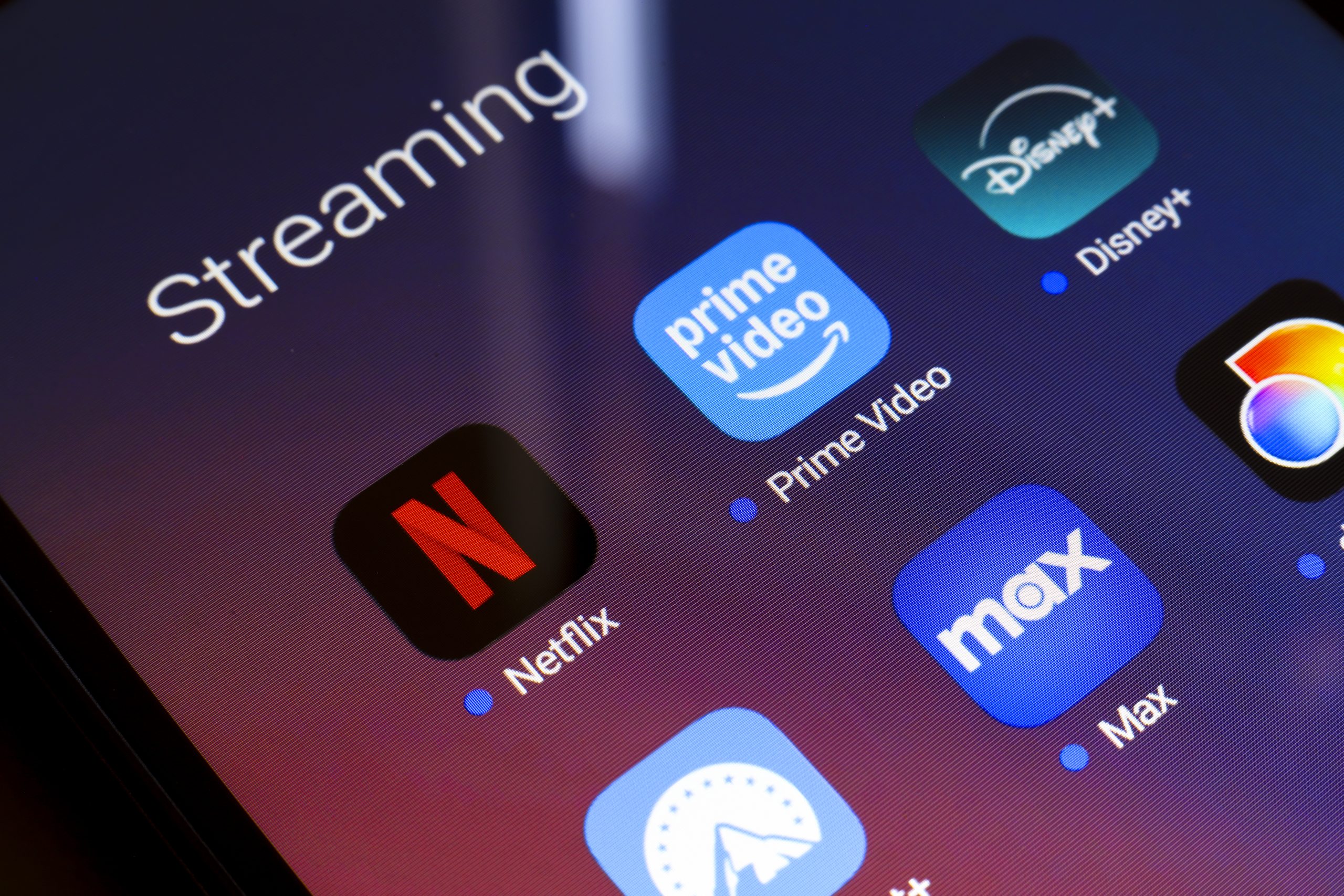
In a significant leap forward for digital photo management, Google Photos has unveiled a suite of advanced artificial intelligence capabilities, fundamentally altering how users interact with and manipulate their personal image libraries. These innovations encompass sophisticated object and people editing, an intuitive AI-powered "Ask" button for contextual information and editing requests, generative AI templates for creative transformations, and a sweeping expansion of its natural language search functionality to over 100 countries and numerous languages. This rollout marks a pivotal moment in the evolution of consumer-grade photo technology, making previously complex editing tasks accessible to a broader audience and enhancing the discoverability of cherished memories worldwide.
The Evolution of Photo Management: From Storage to Intelligence
Google Photos, since its inception in 2015, has consistently pushed the boundaries of digital photo management. Initially launched as a revolutionary service offering unlimited high-quality photo storage, it quickly became the default repository for billions of smartphone users globally. Its early success was not just in storage, but in pioneering intelligent organization: automatic backups, facial recognition for grouping people, and basic object recognition that allowed users to search for "dogs" or "beaches" within their vast collections. This laid the groundwork for a future where AI wasn’t just a backend process but a direct, interactive tool for users.
The landscape of digital photography has undergone a dramatic transformation. What began with basic filters and cropping tools in the early smartphone era has evolved into sophisticated computational photography, largely driven by advancements in artificial intelligence. Companies like Google, with their deep investments in AI research and development, have been at the forefront of this shift. Features such as Google Pixel’s "Magic Eraser," which effortlessly removes unwanted objects from photos, or "Photo Unblur," which sharpens blurry images, have demonstrated the immense potential of AI to enhance and repair photographs with remarkable ease. These device-specific innovations often serve as a proving ground before being integrated into broader platforms like Google Photos, democratizing advanced photo editing for a wider user base. The current wave of updates is a natural progression, leveraging Google’s robust AI models to offer unparalleled control and creativity.
Personalized Editing: A New Era of Granular Control
One of the most compelling additions is the expansion of prompt-based editing, which first debuted on the Pixel 10 series phones in August. Now, users of iOS devices in the United States can harness the power of generative AI to describe their desired edits using either voice or text commands. This signifies a departure from traditional, menu-driven editing interfaces, moving towards a conversational and intuitive approach. The redesigned photo editor, which includes these new AI tools, is also making its way to iOS, streamlining the user experience across platforms.
At the heart of this personalized editing feature is its ability to recognize individuals within Google Photos’ "face groups." This allows for highly specific and nuanced modifications. For instance, a user might access the "Help me edit" option and issue a multi-part instruction such as, "Remove Riley’s sunglasses, open my eyes, make Engel smile, and open her eyes." The AI then intelligently processes each command, applying precise adjustments to individual subjects within the same photograph. This level of personalized, contextual editing represents a significant leap from previous tools, which typically applied edits universally or required manual masking and selection. It empowers users to perfect group shots, salvage otherwise flawed portraits, and achieve a desired aesthetic with unprecedented ease and accuracy.
Creative Transformations with Nano Banana
Beyond corrective editing, Google Photos is also embracing generative AI for creative expression. The integration of "Nano Banana," Google’s popular AI image model, allows users to transform their photos into entirely new artistic styles. Imagine converting a casual snapshot into a Renaissance-era portrait or morphing a family photo into a vibrant cartoon strip. This feature taps into the burgeoning field of generative art, making complex stylistic transformations accessible with a simple prompt.
Further enhancing creative possibilities are the new AI templates. These templates offer pre-defined formats that users can apply to their photos, instantly converting them into specific aesthetic styles. Nano Banana has already demonstrated its popularity in regions like India, where users have embraced its ability to create retro portraits or turn people into action figures. These templates are set to roll out next week on Android devices, accessible via the "Create" tab in the U.S. and India, acknowledging the strong user engagement observed in these markets. This move not only caters to a growing demand for creative content but also positions Google Photos as a versatile platform for both practical photo enhancement and artistic experimentation, blurring the lines between photography and digital art.
The "Ask" Button: Your Conversational Photo Assistant
A significant design enhancement accompanies these new features: a dedicated "Ask" button within Google Photos. This button serves as a central hub for all AI-powered requests, transforming the application into a more conversational and interactive experience. Users can leverage this feature to glean information about a particular photo – perhaps asking "When was this taken?" or "Who is in this picture?" – discover related moments from their extensive library, or initiate prompt-based editing requests.
The "Ask" button is designed to be intuitive, offering suggestion chips that guide users on potential interactions and capabilities. This contextual assistance makes the powerful underlying AI more approachable, reducing the learning curve for new users. Rolling out to both iOS and Android users in the U.S., this conversational interface signifies a broader trend in technology towards natural language interaction, where users can simply articulate their needs rather than navigating complex menus. It aims to make managing and interacting with vast photo libraries less of a chore and more of an engaging, exploratory process.
Global Reach: Expanding Intelligent Search
Building on its initial launch in the United States last year, Google Photos is dramatically expanding its AI-powered search feature to over 100 countries. This global rollout includes major markets such as Argentina, Australia, Brazil, Chile, Colombia, India, Indonesia, Japan, Mexico, New Zealand, Saudi Arabia, Singapore, and South Africa. Crucially, the expanded search will support more than 17 new languages, including Arabic, Bengali, French, German, Hindi, Indonesian, Italian, Japanese, Portuguese, and Spanish.
This international expansion of natural language search capabilities is a game-changer for millions of users worldwide. Historically, searching for specific photos required manual tagging or relying on basic metadata. Google Photos’ AI-driven search allows users to find images based on complex, conceptual queries like "photos of my last vacation with a sunset" or "pictures of my dog playing in the snow last winter." By supporting a wider array of languages, Google is breaking down significant accessibility barriers, ensuring that users can leverage the full power of AI to organize and retrieve their memories in their native tongue. This move solidifies Google Photos’ position as a globally inclusive platform, catering to a diverse user base and reinforcing Google’s commitment to making its AI tools universally available.
Broader Implications and the Future of Digital Memories
The integration of these advanced AI features into Google Photos carries significant implications for both the technology market and broader societal interactions with digital media. From a market perspective, this move intensifies the ongoing "AI arms race" among tech giants. By pushing the boundaries of what consumer-grade photo editing and management can achieve, Google sets a new benchmark, compelling competitors like Apple, Adobe, and Amazon to further innovate their own offerings. This competitive pressure ultimately benefits consumers through more sophisticated and accessible tools.
Socially and culturally, the democratization of advanced photo editing tools has profound effects. No longer are professional-level image manipulations reserved for those with expensive software and specialized skills. Anyone with a smartphone can now subtly or dramatically alter their images. This ease of editing can enhance creativity, allowing individuals to express themselves in new visual ways. It also means that personal memories can be perfectly curated, free from minor imperfections that might have otherwise detracted from a cherished moment. However, this raises important questions about the authenticity and veracity of digital images, a topic that warrants careful consideration in an increasingly AI-generated world.
Navigating the Ethical Landscape
While the benefits of these AI advancements are clear, the ethical considerations surrounding image manipulation and AI usage in personal media cannot be overlooked. The ability to effortlessly alter facial expressions, remove objects, or even create entirely new stylistic interpretations of reality brings forth discussions about truthfulness and potential misuse. For instance, the ease with which one can "make someone smile" or "open their eyes" could, in some contexts, be seen as altering reality rather than merely enhancing it.
Google and other technology companies face the ongoing challenge of developing these powerful tools responsibly. This includes implementing safeguards against malicious use, clearly indicating when images have been AI-generated or heavily modified, and educating users on the ethical implications of their creative power. Privacy also remains a paramount concern, as AI models process highly personal data contained within users’ photos. Google’s long-standing commitment to data security and privacy will be crucial as these AI capabilities become more deeply integrated into its services. The future of digital memories will undoubtedly be shaped by these technological leaps, but also by the thoughtful navigation of their ethical dimensions.
In conclusion, Google Photos’ latest updates represent more than just new features; they signify a fundamental shift in how we interact with our most personal digital assets. By blending powerful AI with intuitive interfaces, Google is not only making photo editing more accessible and creative but also transforming how we discover, share, and ultimately preserve our memories in an increasingly digital world. This move solidifies Google Photos’ role not just as a storage solution, but as an intelligent, evolving companion for our photographic journeys.





